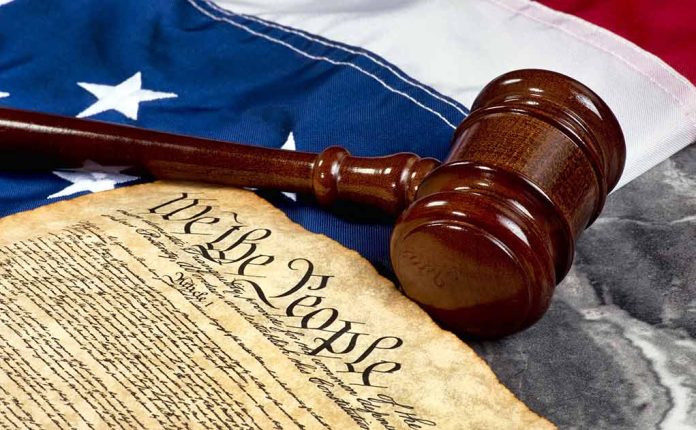
Democrats emphasize the necessity of red flag laws, which allow the temporary removal of firearms from individuals deemed a danger to themselves or others. However, these laws face significant legal challenges and pronounced opposition. The Associated Press has revealed that red flag laws are underutilized, with only 15,049 applications since 2020, demonstrating a substantial enforcement gap.
In Chicago, for instance, Illinois’ red flag law has been used merely four times despite over 8,500 shootings and 1,800 deaths since 2020. Experts suggest that limited awareness and reluctance from authorities contribute to these low numbers.
Federal Support and Opposition
To bolster the implementation of red flag laws, President Joe Biden signed legislation incentivizing states to enact such regulations. Despite this federal push, several Republican-led states and gun rights groups resist these measures, claiming that they infringe upon Second Amendment rights. Rep. Greg Murphy, for instance, fiercely condemned attempts to embed red flag laws within the FY2022 National Defense Authorization Act (NDAA).
“I am outraged that House Democrats are once again trying to conceal unconstitutional red flag laws in the NDAA that could be used to unjustly deprive American servicemembers of their Second Amendment rights,” said Rep. Murphy
Critics argue these laws unlawfully strip rights without due process, particularly affecting veteran gun owners. The establishment of nearly 2,000 “Second Amendment Sanctuaries” across various counties reflects the widespread opposition to red flag laws.
When I was in the CO legislature, I worked to pass laws to protect people from gun violence and keep guns away from abusers, like red flag laws and expanded background checks.#SCOTUS is hearing arguments on whether abusers should have access to firearms. The answer is no. https://t.co/u4VmswjCIr
— U.S. Rep. Brittany Pettersen (@RepPettersen) November 8, 2023
Key Support and Enforcement Issues
Despite the resistance, public support for red flag laws remains high, with 78% of American adults in favor. Still, enforcement varies significantly by state. In Florida, for example, aggressive enforcement in certain counties has led to 5,800 red flag orders, a stark contrast to other regions.
“When enforced, there’s no doubt it’s a highly effective tool,” she said.
Notably, recent tragic events, such as the Highland Park and Buffalo shootings, underscore the critical need for better training and application of these laws among law enforcement. The Biden administration’s ongoing efforts, including federal funding and public information campaigns, aim to address these enforcement gaps.
Balancing Safety and Liberties
The debate over red flag laws encapsulates a broader struggle in America to balance public safety and individual liberties. With ongoing federal incentives, public support, and bipartisan backing, the potential for these laws to prevent gun-related tragedies is significant. Yet, the complexity and controversy surrounding their implementation and opposition from gun rights advocates highlight an intricate path forward.
“When enforced, there’s no doubt it’s a highly effective tool,” she said. “This is a relatively new law in New York, and with that we need to make sure that people know this tool is available to them.”
As America navigates this contentious issue, the conversation around red flag laws will undoubtedly continue to evolve, reflecting our nation’s enduring determination to uphold both safety and liberty.














